The film revolves around Davey Gordon, a 29 year old welterweight New York boxer in the end of his career, and his relationship with a dancer and her violent employer.

The film revolves around Davey Gordon, a 29 year old welterweight New York boxer in the end of his career, and his relationship with a dancer and her violent employer.
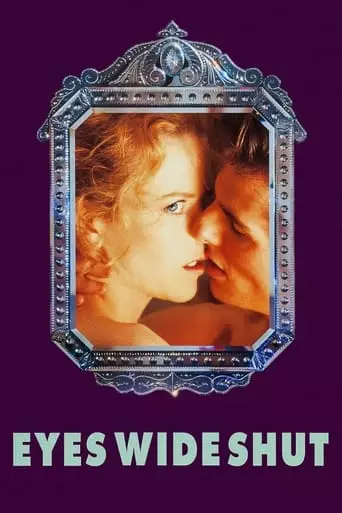
After Dr. Bill Harford’s wife, Alice, admits to having sexual fantasies about a man she met, Bill becomes obsessed with having a sexual encounter. He discovers an underground sexual group […]
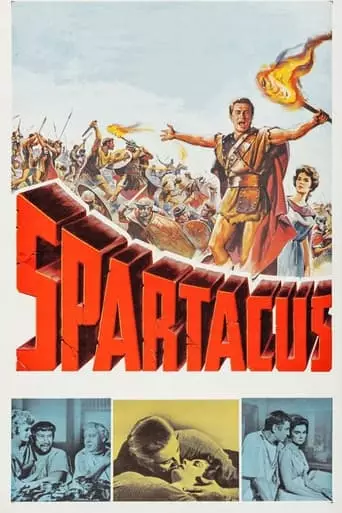
The rebellious Thracian Spartacus, born and raised a slave, is sold to Gladiator trainer Batiatus. After weeks of being trained to kill for the arena, Spartacus turns on his owners […]

Humbert Humbert is a middle-aged British novelist who is both appalled by and attracted to the vulgarity of American culture. When he comes to stay at the boarding house run […]
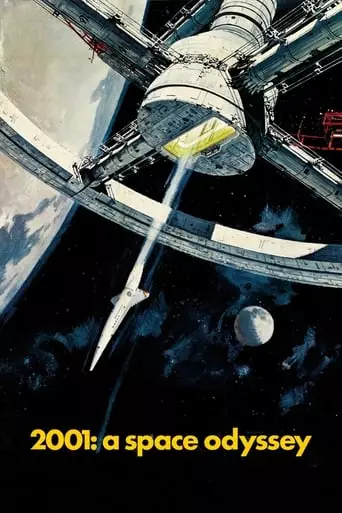
Humanity finds a mysterious object buried beneath the lunar surface and sets off to find its origins with the help of HAL 9000, the world’s most advanced super computer. Stanley […]

A pragmatic U.S. Marine observes the dehumanizing effects the U.S.-Vietnam War has on his fellow recruits from their brutal boot camp training to the bloody street fighting in Hue.
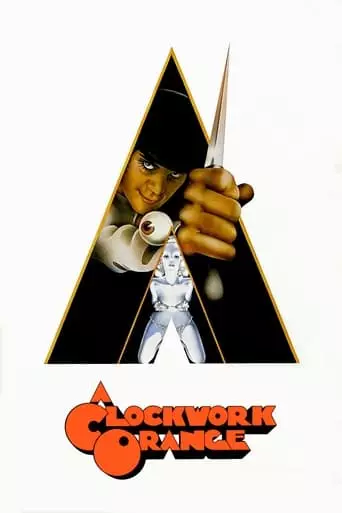
In a near-future Britain, young Alexander DeLarge and his pals get their kicks beating and raping anyone they please. When not destroying the lives of others, Alex swoons to the […]
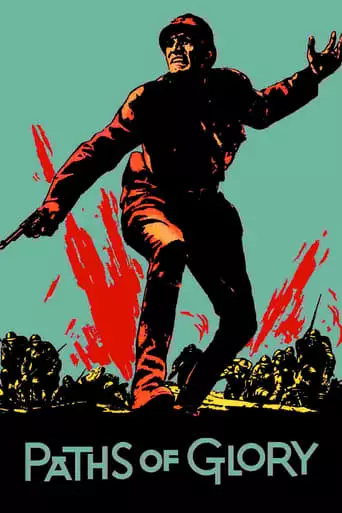
A commanding officer defends three scapegoats on trial for a failed offensive that occurred within the French Army in 1916.

After the insane General Jack D. Ripper initiates a nuclear strike on the Soviet Union, a war room full of politicians, generals and a Russian diplomat all frantically try to […]
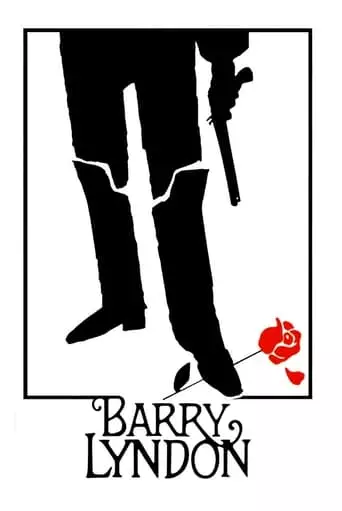
An Irish rogue uses his cunning and wit to work his way up the social classes of 18th century England, transforming himself from the humble Redmond Barry into the noble […]
Stanley Kubrick: A Master of Cinematic Innovation and Artistic Perfection
Stanley Kubrick (1928–1999) is widely regarded as one of the greatest filmmakers in the history of cinema. Known for his meticulous attention to detail, groundbreaking visual style, and exploration of complex themes, Kubrick created a diverse body of work that continues to inspire and provoke audiences. From psychological thrillers to epic historical dramas, his films are marked by their intellectual depth, technical innovation, and enduring cultural impact.
Early Life and Career Beginnings
Born on July 26, 1928, in the Bronx, New York City, Stanley Kubrick exhibited an early interest in photography and storytelling. As a teenager, he worked as a photographer for Look magazine, developing an eye for composition and visual storytelling that would later define his filmmaking.
Kubrick’s fascination with cinema led him to direct short documentaries before transitioning to feature films. His debut feature, Fear and Desire (1953), was a low-budget independent production that hinted at his artistic potential. However, it was his subsequent works, such as Killer’s Kiss (1955) and The Killing (1956), that established him as a director with a unique voice and command of the medium.
Hallmarks of Kubrick’s Cinema
Diverse Genres, Singular Vision
Kubrick’s filmography spans an array of genres, including science fiction (2001: A Space Odyssey), horror (The Shining), war (Paths of Glory, Full Metal Jacket), and historical drama (Barry Lyndon). Despite this diversity, his films are united by their meticulous craftsmanship, thematic depth, and unflinching exploration of human nature.
Technical Innovation
Kubrick was a pioneer in cinematic techniques. He pushed the boundaries of special effects in 2001: A Space Odyssey (1968), developed groundbreaking camera technology for Barry Lyndon (1975), and revolutionized the use of steadicam shots in The Shining (1980). His pursuit of technical perfection often set new industry standards.
Themes of Human Fragility
A recurring theme in Kubrick’s work is the fragility and fallibility of humanity. His films often examine existential questions, the corrupting influence of power, the dehumanizing effects of war, and the complexities of free will.
Meticulous Attention to Detail
Kubrick was famously demanding, often conducting extensive research and requiring countless takes to achieve his vision. His dedication resulted in films that are celebrated for their precision and immersive quality.
Landmark Films
Dr. Strangelove (1964)
A dark satire on Cold War politics and the absurdity of nuclear deterrence, Dr. Strangelove is one of Kubrick’s most influential works. Peter Sellers’ multiple performances and the film’s biting humor cemented it as a classic of political satire.
2001: A Space Odyssey (1968)
Widely regarded as one of the greatest films ever made, 2001: A Space Odyssey is a philosophical exploration of humanity’s place in the universe. Its groundbreaking special effects, enigmatic narrative, and iconic use of music redefined the science fiction genre.
A Clockwork Orange (1971)
Based on Anthony Burgess’s novel, A Clockwork Orange is a provocative examination of free will, morality, and societal control. The film’s stylized violence and haunting performance by Malcolm McDowell sparked controversy but solidified Kubrick’s reputation as a daring and visionary filmmaker.
Barry Lyndon (1975)
A visually stunning period drama, Barry Lyndon chronicles the rise and fall of an 18th-century adventurer. Kubrick’s use of natural lighting, including scenes shot by candlelight, created a painterly aesthetic that earned the film multiple Academy Awards.
The Shining (1980)
Adapted from Stephen King’s novel, The Shining is a chilling psychological horror film that explores themes of madness and isolation. Jack Nicholson’s iconic performance and Kubrick’s innovative direction, including the use of the steadicam, have made it a cornerstone of the horror genre.
Full Metal Jacket (1987)
Kubrick’s harrowing depiction of the Vietnam War examines the psychological impact of war on soldiers. The film’s dual structure, contrasting the brutal training of Marines with the chaos of combat, offers a searing critique of militarism.
Eyes Wide Shut (1999)
Kubrick’s final film, Eyes Wide Shut, is an enigmatic exploration of desire, fidelity, and identity. Released posthumously, the film divided critics but remains a testament to Kubrick’s enduring fascination with the human psyche.
Legacy
Kubrick’s influence on cinema is immeasurable. He inspired generations of filmmakers, including Steven Spielberg, Martin Scorsese, and Christopher Nolan, who have cited his work as a profound source of inspiration. His films are studied for their narrative complexity, visual ingenuity, and thematic resonance.
Despite his relatively small body of work—13 feature films—Kubrick’s impact is monumental. He elevated cinema to an art form capable of profound philosophical inquiry, combining technical brilliance with storytelling that continues to challenge and captivate audiences.
Conclusion
Stanley Kubrick remains a towering figure in the history of filmmaking. His relentless pursuit of perfection, willingness to tackle ambitious themes, and groundbreaking approach to visual storytelling have left an indelible mark on the art of cinema. Decades after his passing, his films continue to be celebrated as masterpieces that push the boundaries of what cinema can achieve.